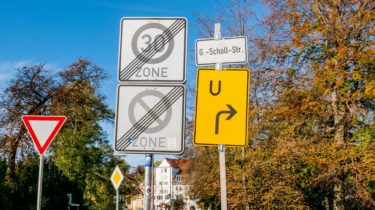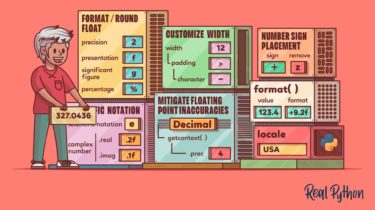Python’s unittest: Writing Unit Tests for Your Code
Interactive Quiz ⋅ 12 QuestionsBy Leodanis Pozo Ramos In this quiz, you’ll test your understanding of testing your Python code with the unittest framework. Testing in Python is a huge topic and can come with a lot of complexity, but it doesn’t need to be hard. You can create simple tests for your application in a few easy steps and then build on them from there. With this quiz, you can check your understanding of testing with Python’s unittest framework. […]
Read more


